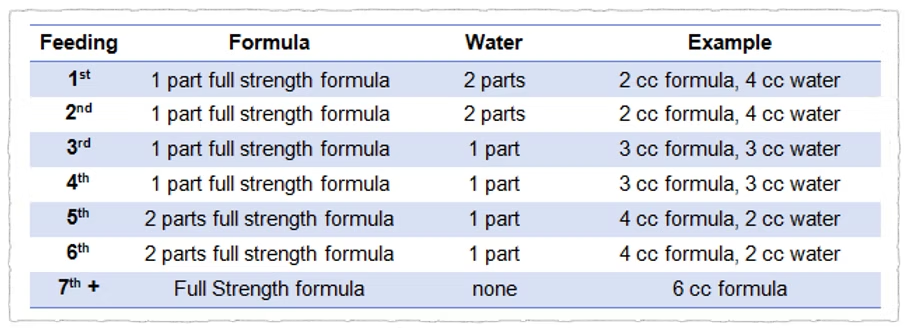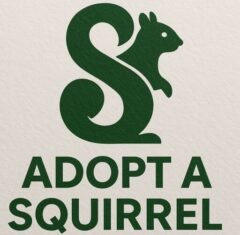Squirrel Feeding Techniques
Caring for a baby squirrel involves more than just good intentions it requires the right tools, the proper feeding position, a slow and steady flow rate, and close attention to hygiene. A poor feeding technique can result in serious complications like aspiration, diarrhea, bloat, or even death. That’s why it’s crucial to learn the correct feeding process before you begin.
Whether you’re preparing formula, transitioning from hydration fluids, or feeding an orphaned squirrel for the first time, this guide walks you through every essential step to ensure safe and successful feeding.
Preparing Formula for Baby Squirrels
To prepare the formula, combine 2 parts warm water with 1 part Fox Valley formula. Mix thoroughly until smooth and allow it to sit for a few minutes to settle any air bubbles.
- Refrigerate unused portions for up to 48 hours.
- Just before feeding, warm only the amount needed for that single session.
- The formula should feel warm (not hot) on the inside of your wrist.
- Add a pinch of acidophilus powder before each feeding to support digestive health—especially for babies with stool or gut issues.
⚠️ Important: Never feed a cold or dehydrated baby. The baby must be warm, hydrated, and starting to eliminate normally before feeding formula.
Feeding Preparation and Safety
- Use a clean, sterilized syringe and nipple appropriate for the squirrel’s size.
- A 1cc syringe is recommended for tiny babies to control the flow rate.
- Secure the nipple tightly on the syringe to prevent choking hazards.
- Wash hands before and after feeding avoid strong soaps or lotions with strong scents.
Tip: Cold hands can startle babies. Warm your hands if needed before handling.
Feeding Position
Always feed squirrels upright never on their backs. Place the baby in a towel-lined container or gently cradle it in your hand with the head slightly tilted upward. Make sure the room is warm and well-lit so you can monitor for signs of aspiration or distress.
If milk bubbles from the nose, or the baby begins to gape or sneeze:
- Stop feeding immediately.
- Gently tip the baby forward and blot its nostrils.
- Once the airways are clear and the baby is calm, you may resume feeding.
Controlling the Feeding Rate
Baby squirrels are eager feeders and may suck too hard, risking aspiration.
Signs you’re feeding too quickly:
- Guppy face or yawning motion
- Milk leaking from the nose
- Sneezing or coughing
To slow the flow:
- Use a nipple with a smaller hole
- Use a smaller syringe for better control
- Place your thumb on the syringe plunger to add gentle resistance
Overfeeding can lead to bloat, lethargy, or diarrhea. Stick to the recommended amounts based on the baby’s weight.
Transitioning from Hydration to Formula
Newborn or weak squirrels should be on Pedialyte or another hydration fluid for the first 12–24 hours. Once the baby is hydrated, alert, and eliminating regularly, you can begin transitioning to formula over six feedings:
- First 2 feedings: 2 parts hydration fluid or goat’s milk mix to 1 part formula
- Next 2 feedings: 1:1 hydration fluid/goat’s milk mix to formula
- Final 2 feedings: 1 part hydration fluid or mix to 2 parts formula
- Then: Begin full-strength formula feedings
Transitioning slowly allows the digestive system to adjust without being overwhelmed.
Feeding Hygiene & Aftercare
After feeding:
- Stimulate urination and defecation for babies under six weeks (or with eyes closed) by gently rubbing the genital area with a warm, damp cloth or tissue.
- Clean any leftover formula from the baby’s fur to prevent skin irritation.
- Sanitize all feeding equipment between uses.
If you’re struggling with feeding techniques or notice abnormal behaviors don’t guess. Contact us at Adopt a Squirrel Now or consult a small wildlife care expert for help.

